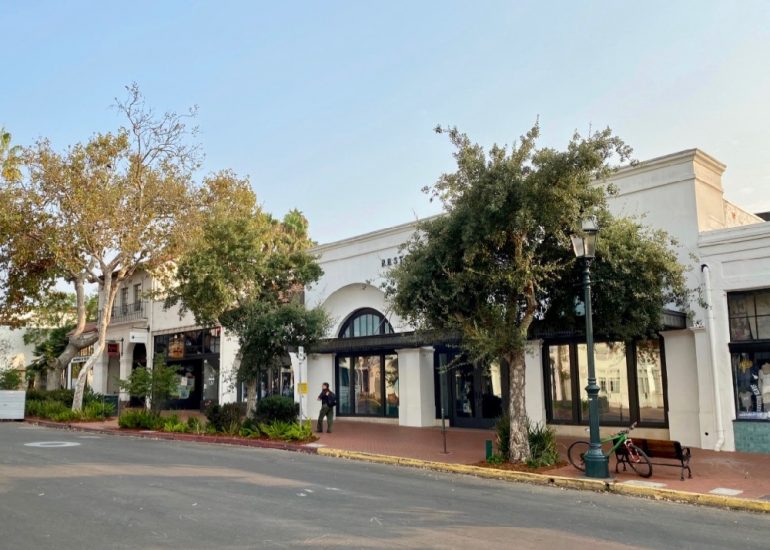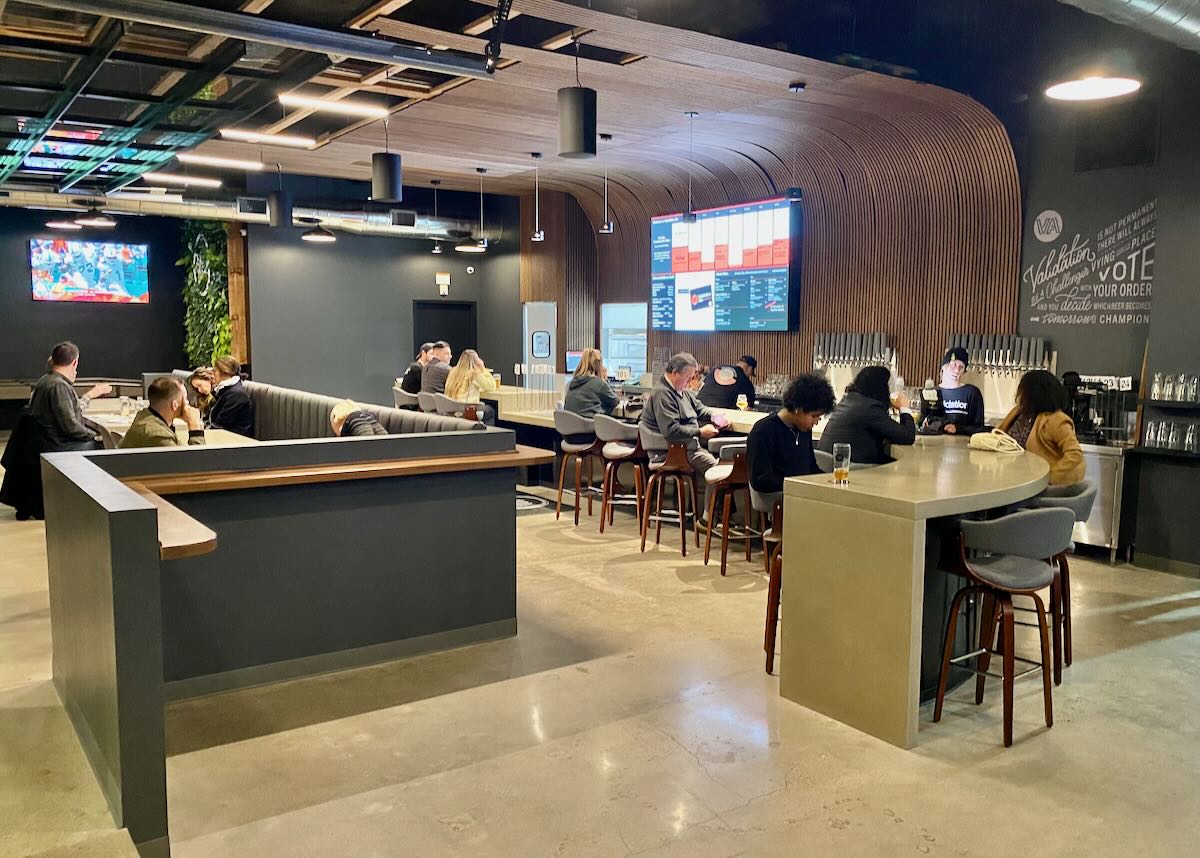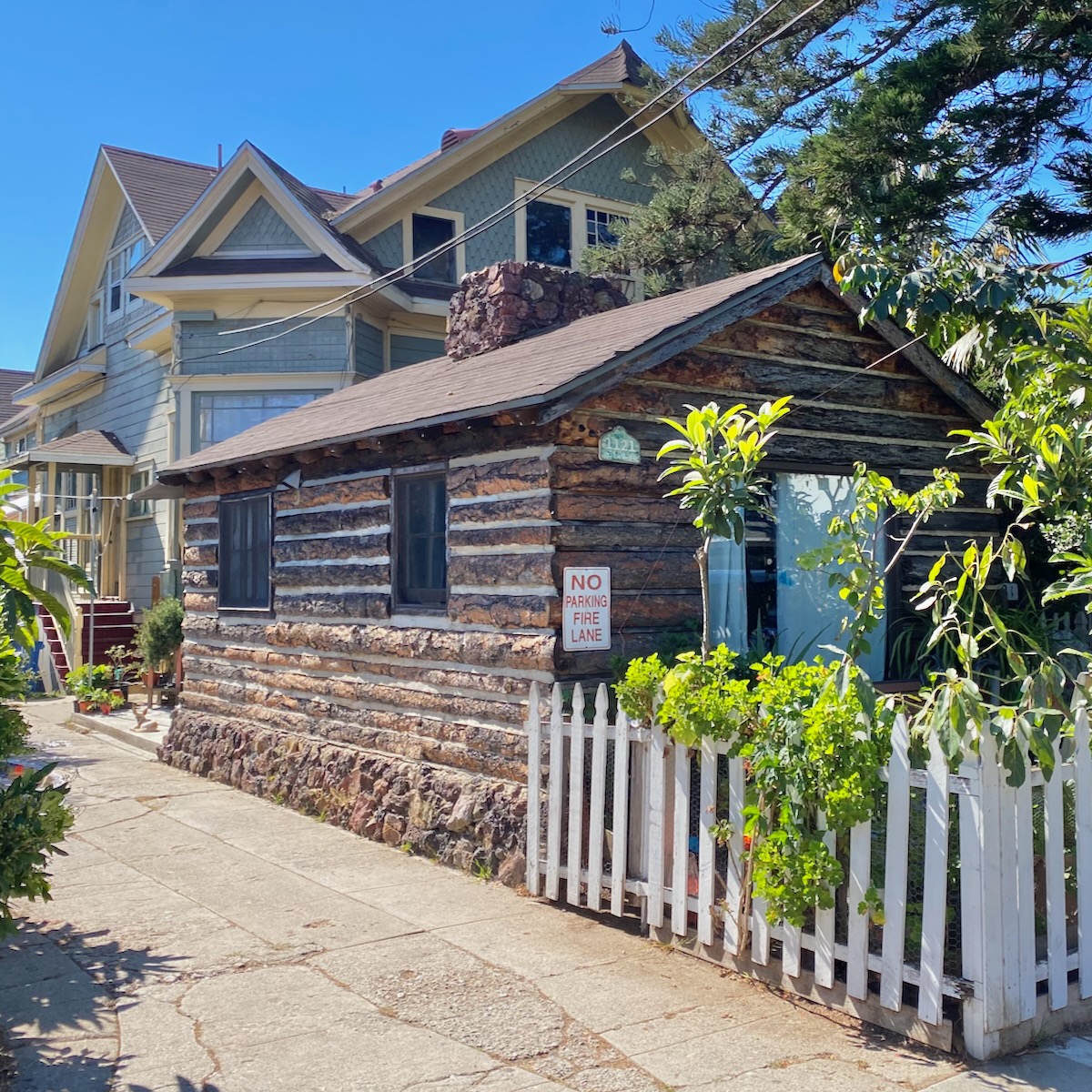••• “The City Council and city’s Planning Commission [held a joint meeting to discuss] two potential solutions to the housing-versus-hotels issue: allowing underused downtown properties to be converted into housing through adaptive reuse and restricting new hotels by amending the city code to either eliminate new hotels or require developers to earn approval on a case-by-case basis.” Banning all new hotels would be a drastic move; the city can always benefit from better ones. Also, what about vacation rentals? (Above: 710 State Street, where SIMA decided to develop a 66-room hotel after the city made building residential too painful.) —Independent
••• “The Santa Barbara County Planning Commission continued its discussion this week over rules for agritourism businesses that would be contained in the agriculture enterprise ordinance. The ordinance will dictate allowed uses for agriculture properties wanting to add campgrounds, farm stays, special events and tours.” —Noozhawk
••• Santa Ynez Valley radio station “KSYV has become a part of KCLU, the public radio station serving the Tri-Counties.” —KCLU
••• “Cottage Health President and CEO Ron Werft is retiring next year [….] Werft has been with Cottage Health for 37 years and has been its leader for the past 24 years. The organization will start a national search for his successor.” —Noozhawk
••• “Direct Relief President and CEO Thomas Tighe announced he will be stepping down at the end of the year, after 24 years with the international relief agency.” —KCLU
••• “The Gaviota Coast Conservancy has dropped its appeal against the El Capitan Canyon campground expansion project after the two groups settled on some compromises. The owners of El Capitan Canyon […] agreed to limit RV cabin visibility from Highway 101, protect environmentally sensitive areas and creeks, and improve public trail access.” —Noozhawk
················
Sign up for the Siteline email newsletter and you’ll never miss a post.


















AB 1287 probably obviates the need for a hotel ban. AB 1287 doubles residential densities while waiving typical zoning requirements (eg private open yard). The requirements for income restricted units are modest. Hard to imagine that hotels can compete economically.
It doesn’t matter how many units you build. There will always be a shortage. Unless the city becomes so undesirable to live in.
You can’t have it both ways.
Moved out a year ago. Its already undesirable, TOO MANY TOURISITS.
The town is old and falling apart
Haven’t you noticed that the more the city meddles with the free market, the worse off the city becomes? It is not the responsibility of the current citizens of Santa Barbara to make sure everyone who wants to live here, gets to live here on our dime. There will be an eternal housing shortage and less and less resources will be available for the current residents. Like water or healthcare.
You nailed it! Stop the ridiculous housing mandates. This has done nothing but mess up the free market we all live by. Scott Weiner only wants to appeal to big developers and get reelected. He is ruining CA! There will never be enough housing for sll income levels in desirable parts of CA. If we keep building cookie cutter hi rises out of character it will be a blight on our state for eternity.
Totally agree!!
I’m curious to know how banning hotels would increase available housing. We can’t possibly build enough housing to accommodate every single person who would like to live here. The housing availability combined with the desirability of the Santa Barbara area does affect housing costs, of course.
From my observation, it seems that availability (supply) is significantly impacted by non-owner-occupied purchases. As long as there is strong demand for housing in the greater Santa Barbara area, housing is likely to be viewed as an investment, or at least a place to store wealth. This means that wealthy individuals are likely to own more than one home in the area, or at least more than one home in general. Combined with corporate and institutional owners, this is going to significantly reduce the number of homes available, which will continue to increase the value of the homes (the purchase price). This appears to apply even to smaller properties such as condos and apartments.
As an example of this, I live in the City of Santa Barbara on a street with 14 houses. All are single-family 3/2 homes in the 1,800-2,200 sq ft size. Of those 14, seven are owner occupied (our only residence). Six are “second homes” and one is a rental. So, essentially 50% of the homes on my street are not available to purchase and six of seven remain vacant for significant portions of the year.
Spot on ! Santa Barbara, Montecito have become LA north Bigger, flashier, obscenely priced, look at me vibe Very sad
I’ve only been a resident since the covid (flu) and I have watched Santa Barbara fumble around this housing issue. I think SB is in grave danger of screwing up this city. Once they do it, it will likely never go back. Ever heard of Goleta? Ever heard of commuting? People need to do what they need to do in life. We are not entitled to certain lifestyles. Do not screw up what people cherish about SB to placate the minority. Think hard about this before you wander down the path you can’t turn around on.
Oh, my gawd – soooo true. Santa Barbara slips a little more every day.
WHERE are the people that all the abundance of apts are being built for going to work ???? Everything is closing or has closed along with the charm that was Santa Barbara. So VERY SAD!!!
i guarantee you the SIMA project was quoted more than $100,000 PER UNIT in city fees and permits, that is at least $660,000. You want to know why apartments don’t pencil and if they do, it means rents have to be top of the market JUST TO BREAK EVEN?
it’s exorbitant city fess and permit costs. End of story.